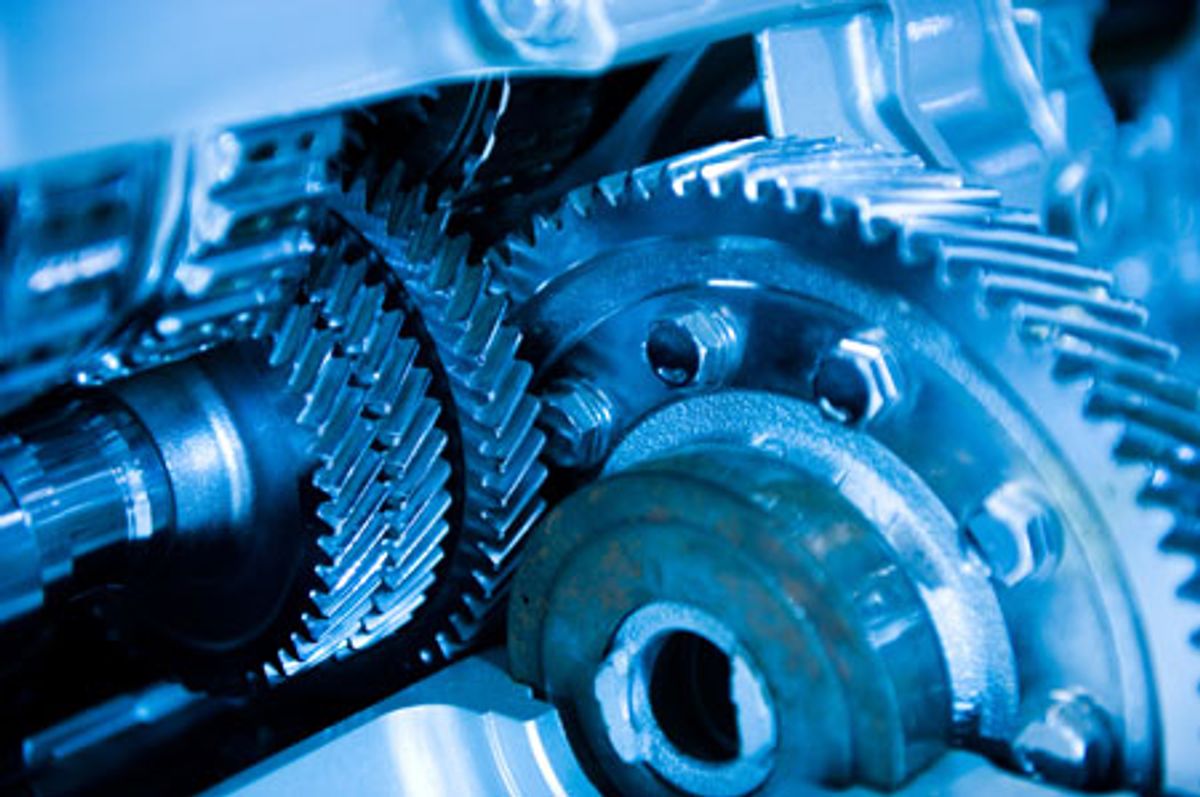This is the image that DARPA picked to represent this new program. We don't get it either.
We were slightly disappointed but not at all surprised to learn that DARPA's Robot Challenge platform will likely spend most of its time operating while tethered to a utility vehicle for power. Untethered, the best that performance that we could reasonably expect from an onboard power source might be ten or twenty minutes, which is the perfect amount of time to get about halfway through an important task before running out of juice. DARPA would prefer a robot that can operate for something like 200 minutes instead (!), so it's soliciting proposals for the development of some super efficient new actuation systems that can actually hit that number.
In its press release announcing this new program, DARPA is unusually eloquent, so it's worth reading a little bit of what it has to say:
"A robot that drives into an industrial disaster area and shuts off a valve leaking toxic steam might save lives. A robot that applies supervised autonomy to dexterously disarm a roadside bomb would keep humans out of harm’s way. A robot that carries hundreds of pounds of equipment over rocky or wooded terrain would increase the range warfighters can travel and the speed at which they move. But a robot that runs out of power after ten to twenty minutes of operation is limited in its utility. In fact, use of robots in defense missions is currently constrained in part by power supply issues. DARPA has created the M3 Actuation program, with the goal of achieving a 2,000 percent increase in the efficiency of power transmission and application in robots, to improve performance potential."
So that all sure sounds great, doesn't it? A 2,000 percent increase in efficiency! Awesome! Let's do it! And DARPA even has a few suggestions about how it might be done:
Technical areas of interest include, but are not limited to: low-loss power modulation, variable recruitment of parallel transducer elements, high-bandwidth variable impedance matching, adaptive inertial and gravitational load cancellation, and high-efficiency power transmission between joints.
There will be two separate goals, each of which comes with funding for selected proposals. Goal 1 is to develop super-efficient actuation technology that'll let the robots involved in the DARPA Robotic Challenge achieve an increase in efficiency of twenty times, while Goal 2 provides the option of doing the same sort of thing except with actuators in general instead of targeting the challenge platform specifically.
Get your proposals in by 4pm EST on August 21, and if you're selected, you should expect to present your design approach at the first DARPA Robotics Challenge competition in December of this year, followed by a prototype a year later.
[ DARPA ]
Evan Ackerman is a senior editor at IEEE Spectrum. Since 2007, he has written over 6,000 articles on robotics and technology. He has a degree in Martian geology and is excellent at playing bagpipes.




